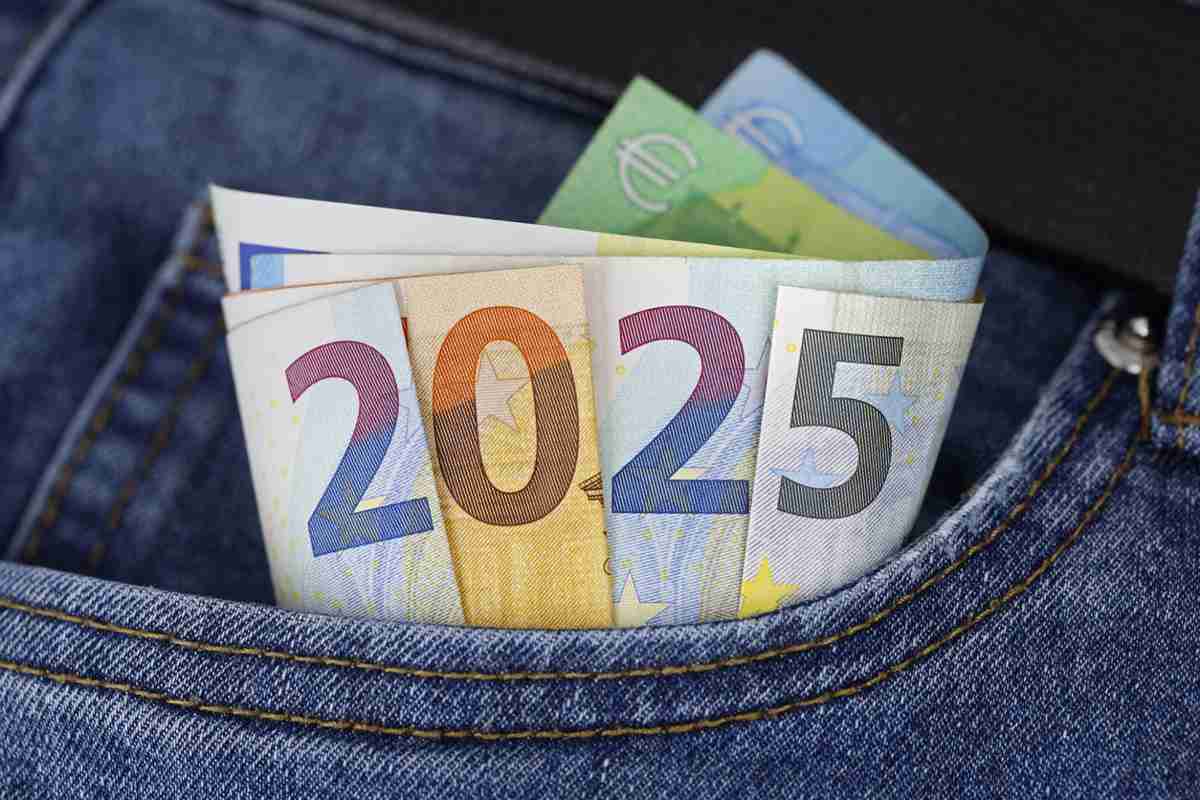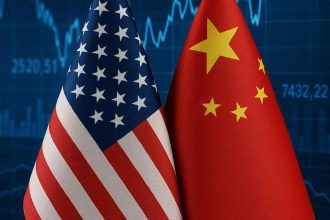Global economic currents are entering a phase of slow but steady evolution, with the International Monetary Fund (IMF) and the Organisation for Economic Co‑operation and Development (OECD) agreeing that growth will remain positive, but not spectacular, as inflation continues to prove sticky across many regions. According to the latest IMF World Economic Outlook the global economy is expected to grow by about 3.2 percent in 2025 and then 3.1 percent in 2026, signalling a persistent softness in momentum even as a full recession remains off the table. Meanwhile the OECD reports that headline inflation among its member countries sits at roughly 4.2 percent for 2025, with little relief yet in sight.
Why does this modest growth matter so much? First, because in the post-pandemic era the world had hoped for a rebound more like the pre-pandemic pace (which averaged closer to 3.7 percent annually in the 2000-2019 period). The fact that we’re settling into 3.1-3.2 percent means that the baseline for the global economy is shifting downward. In plain terms, businesses, investors and policy-makers must now calibrate for a world of slower expansion, tighter margins and greater sensitivity to shocks. The IMF’s latest forecast underscores that risk: trade tensions, policy uncertainty and structural weak spots remain in the background, ready to emerge and weigh on growth unexpectedly.
At the same time unsettling inflation trends are adding complexity. Even as many central banks have hiked rates aggressively over recent years the OECD’s data show that inflation among developed economies remains around 4 percent and appears to be decelerating only gently. That means households in many regions still face elevated living-cost pressures, while companies contend with higher input costs and margins under pressure. It also means that upbeat monetary policy hopes may need to be tempered, since falling inflation is a necessary pre-condition for meaningful policy easing.
What are the implications for you, as someone tracking finance and markets? First, a world of slower growth and sticky inflation suggests that the “easy” macro-tailwinds of the prior decade (ultra-cheap money, very fast growth, disciplined inflation) are fading. Investors may need to shift toward assets and strategies that perform under mid-single-digit growth and modest inflation rather than chase high growth breakout plays. Second, for policy-makers the balancing act is more delicate than before — governments must weigh support for growth (via fiscal or structural policy) against the risk that higher inflation or longer-term debt burdens erode returns. Third, for corporates the demand backdrop is hardly collapsing but is showing signs of strain: companies will need to plan for flatter top-lines, more scrutiny on cost controls, and resilience rather than bold expansion.
Moreover this environment sets the stage for some subtle but important shifts. Industries that thrive in slower-growth, inflation-aware settings may gain prominence: real assets with inflation linkage, companies with strong pricing power, and geographies that can decouple from global headwinds. Meanwhile the traditional “growth at any cost” playbook may face growing headwinds. And in the policy realm emerging markets and advanced economies alike face a tricky path: supporting households and businesses without stoking inflation or destabilising debt markets.
In short the world economy is moving into a new rhythm. Growth remains positive but modest; inflation remains a nagging challenge. That combination means that whether you are living in Toronto, Calgary, Frankfurt or Sydney the financial landscape will be defined more by endurance and adaptation than by boom-times. For content creators, app-builders, investors and entrepreneurs alike the message is clear: assume a world of 3 percent growth, ~4 percent inflation, and prepare for disruption ahead.








